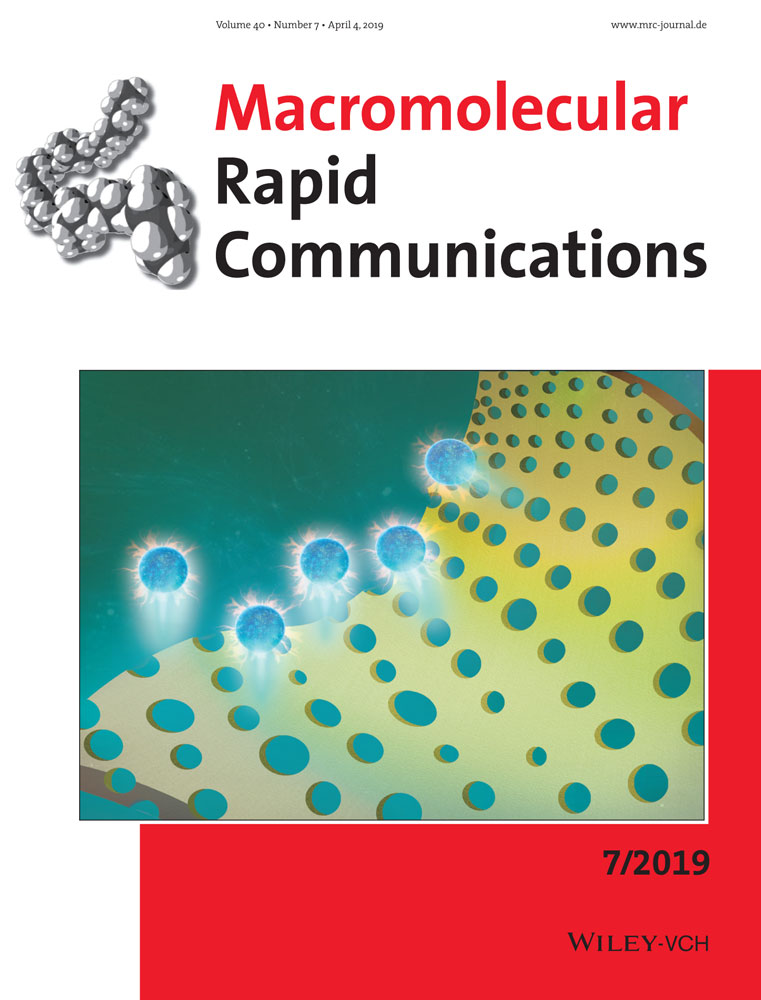Biomolecule Sensor Based on Azlactone-Modified Hydrogel Films
Abstract
A 3D hydrogel layer is probed by combining surface plasmon resonance with optical waveguide spectroscopy to detect biomolecules. A template terpolymer P(DMAAm-co-DMIAAm-co-VDMA) is synthesized via reversible addition-fragmentation chain-transfer polymerization. The terpolymer is then modified with an amino group bearing biotin to enable biomolecular recognition for streptavidin. A hydrogel thin layer is prepared onto a gold surface after spin-coating and photo-crosslinking of the modified polymer. Finally, the hydrogel is utilized to quantitatively detect streptavidin by using surface plasmon resonance–optical waveguide spectroscopy measurements.
Conflict of Interest
The authors declare no conflict of interest.




